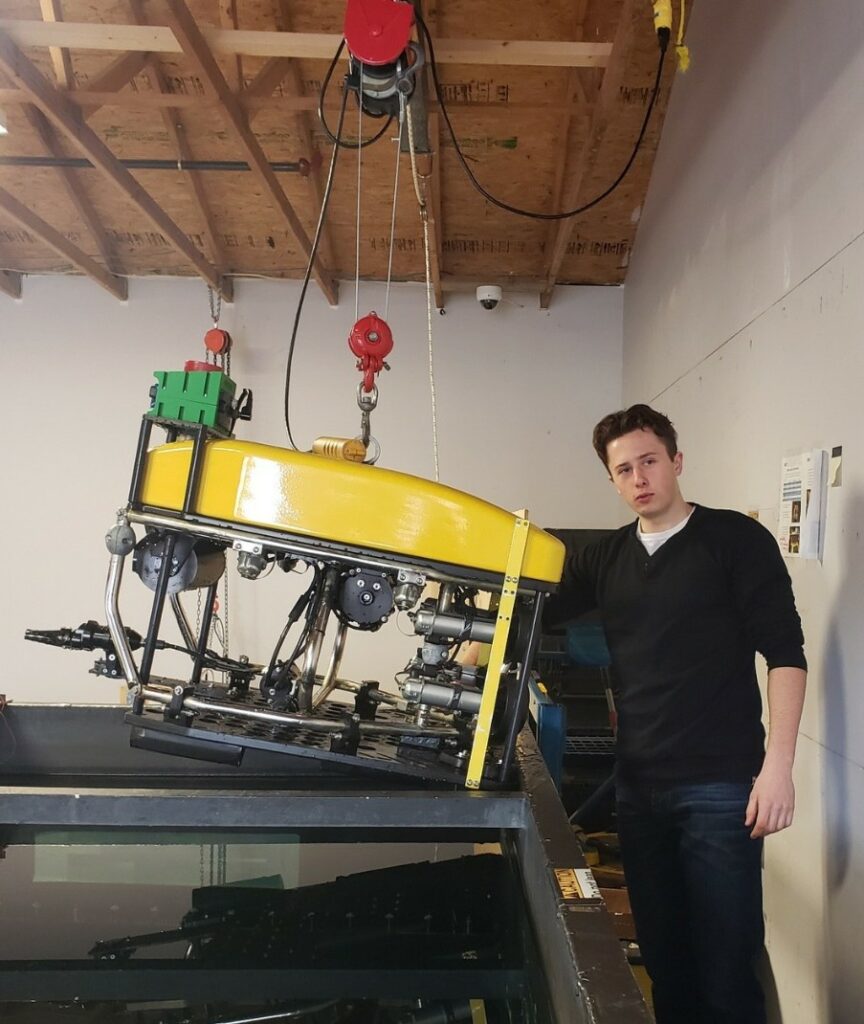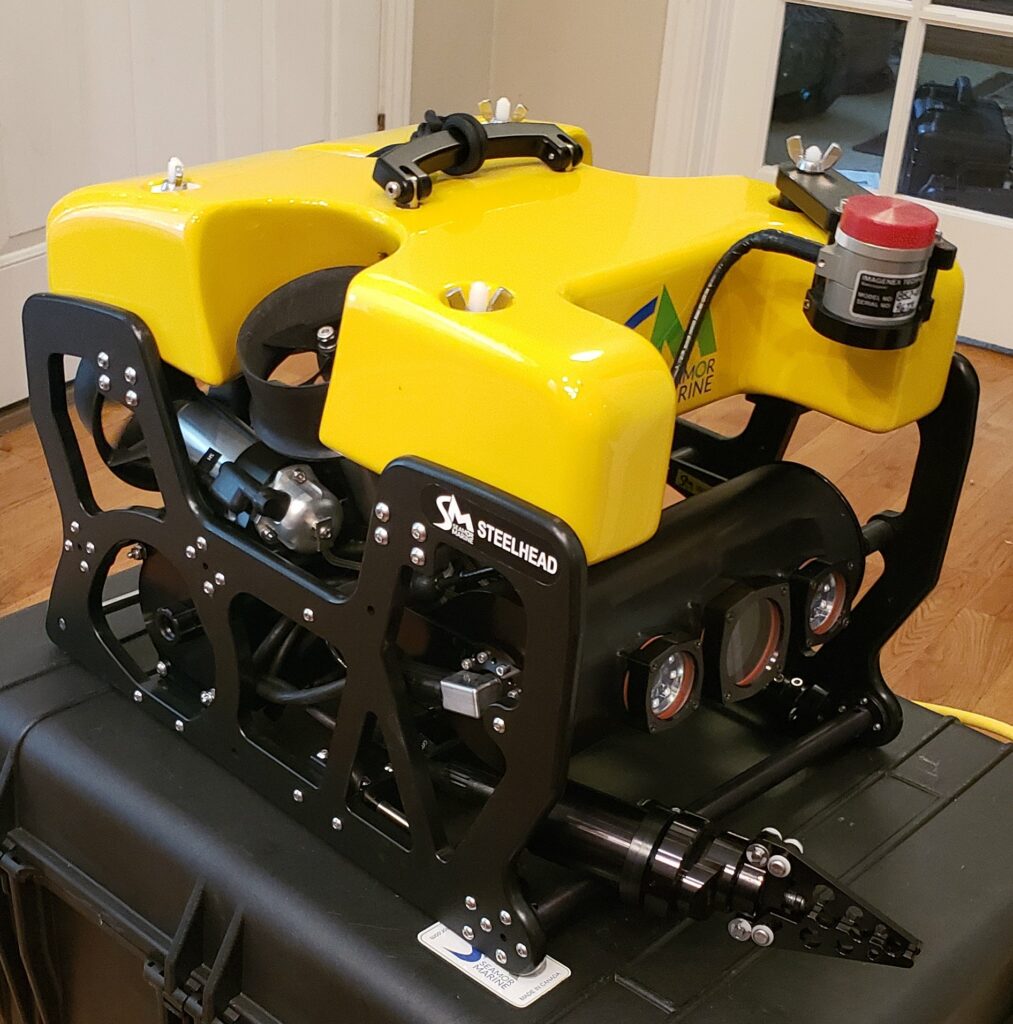There are several common ROV payload mistakes that can be easily avoided with careful planning, design, and execution. ROV payloads are calculated based on factors like buoyancy, thrusters, power supply, and structural integrity. Usually this is done in collaboration between ROV operator and manufacturer. At least, with the manufacturers, like SEAMOR Marine, that offer customisable ROVs. Our modular ROVs offer increased payloads and benefits such as flexibility, adaptability, efficient maintenance, cost-effectiveness, faster deployment, research and development opportunities, and skill development for operators. However, we do see some common mistakes in ROV use when it comes to payloads.
Common ROV Payload Mistakes
- Overloading the ROV. Exceeding the payload capacity of the ROV can lead to performance decline, instability, and potential damage. Payloads and buoyancy can be adjusted. BUT it is not always (sometimes it can be) as simple as switching out the accessories you want to use.
- Poor Weight Distribution. Improperly distributing the payload weight can affect the ROV’s stability and maneuverability. Ensure that the payload is evenly distributed and properly secured within the ROV’s frame to maintain balance. At SEAMOR we balance our thrusters and use box-shaped frames to aid in payload optimization while keeping excellent maneuverability.
- Lack of Power Consideration. Neglecting to account for the additional power requirements of the payload components (e.g., sensors, tools, cameras) can result in inadequate power supply and reduced operational time. Calculate the total power consumption of the payload and ensure the ROV’s power system can accommodate it. More on that here.

Manufacturer Mistakes
Choose quality over discounts when it comes to ROVs. You might pay a little more upfront but you will gain a lot more over the longer term.
- Inadequate Testing. Failing to thoroughly test the ROV with the intended payload in controlled conditions can lead to unexpected issues during actual operations.
- Ignoring Hydrodynamics. Adding a payload can change the ROV’s hydrodynamic profile, affecting its buoyancy, drag, and maneuverability. Consider the hydrodynamic impact and adjust the ROV’s design and control algorithms accordingly.
- Insufficient Structural Support. If the ROV’s frame and components are not designed to handle the added weight of the payload, structural failure can occur. Do not add or change anything to your ROV yourself if you do not know how these changes will impact your ROV.
Chat with the customer support team and the engineers of your current ROV. Be sure to ask questions about their design and assembly process and check for adequate payload testing. If you are looking to buy an ROV, come and chat with us. We are eager over-testers when it comes to our ROVs. SEAMOR promises quality.
Solutions
- Chat to your manufacturer before purchase about your ROV needs. The more details you can share, the better your ROV will be at doing its job.
- Get in touch with customer support regularly for ROV updates, and maintenance checks. Prevention is better than repair. Think about the additional down time for repairs versus quick ROV care.
- Follow the manufacturer guidelines, whether or not you have a customised ROV, this applies to you. IF you take good care of your ROV, it will have a longer lifespan.
- ROV pilots: know how to calculate the power consumption and make ROV mission plans. This is ROV specific, so again, come and chat with us to get the most out of your SEAMOR ROV.
In short, avoid the common ROV payload mistakes by not rushing the job and taking your time to prepare. We cannot control environmental factors but we can plan for emergencies and potential necessary changes.

